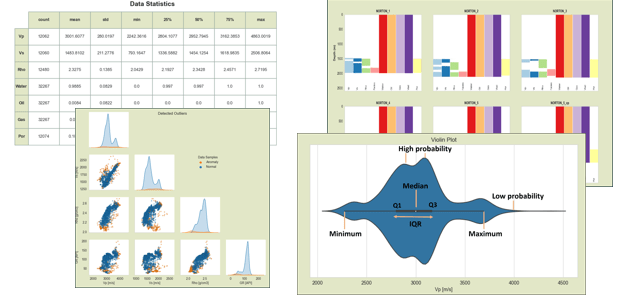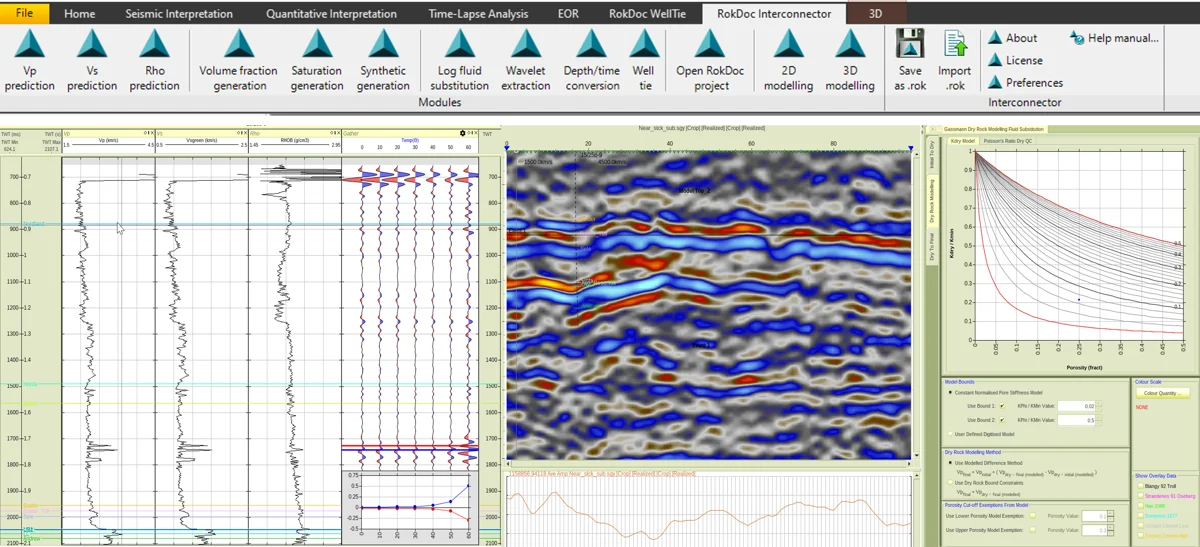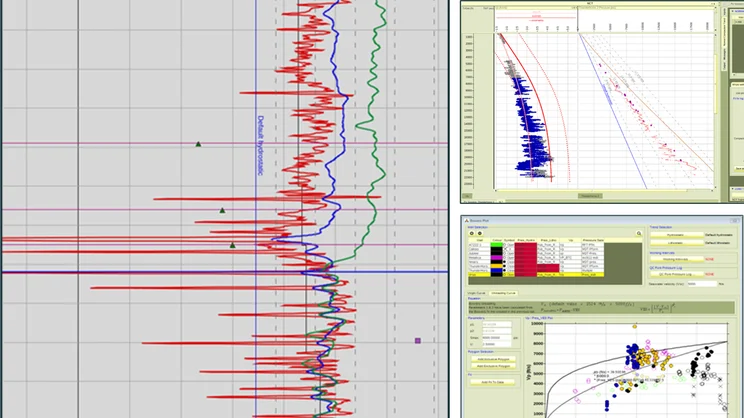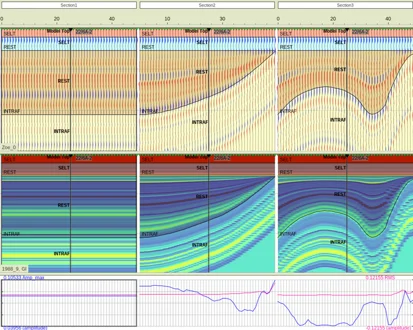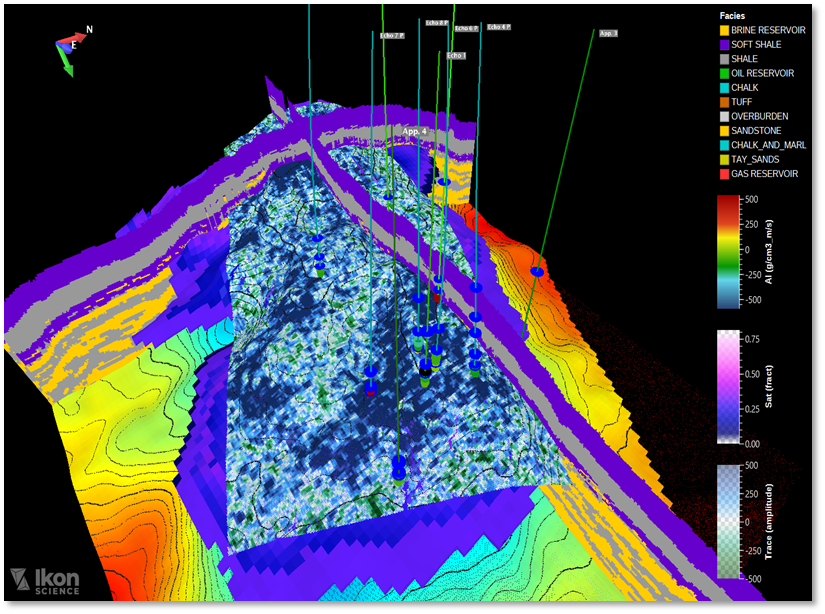
Complete the form below to view the presentation.

Pressure prediction is not an exact science. However, it is a critical input into pre-drill well planning decisions. As with many aspects of subsurface operations, the complexity and diversity of geological conditions, rock properties and fluid dynamics make precise prediction problematic. It is more appropriate to describe a High, Expected and Low-case -scenario-based “uncertainty”.
The key to reducing this uncertainty and to avoid producing estimates that are too conservative (or overly optimistic) is to adopt a “Best Practice approach” to well-planning. An important aspect is that geological information must be reconciled with the offset well data when undertaking pore pressure and fracture gradient predictions. Integration of seismically-derived information is a key part in de-risking the pore pressure model as it provides critical information on both the geological constraints (e.g. facies type and its 3D distribution, trap geometry and regional plumbing) and the local variation in rock properties (e.g.. interval velocities or inversion derived elastic properties).
In this presentation we will discuss all aspects of the workflow from the data review to the interpretation phase before drawing all the lessons learned to build the well plan. This will include interrogation of the seismic data to determine if they are fit-for-purpose, (e.g., identification of anomalous velocities from processing) or depths over which the geology renders the seismic unsuitable (e.g., carbonates or cemented shales).
